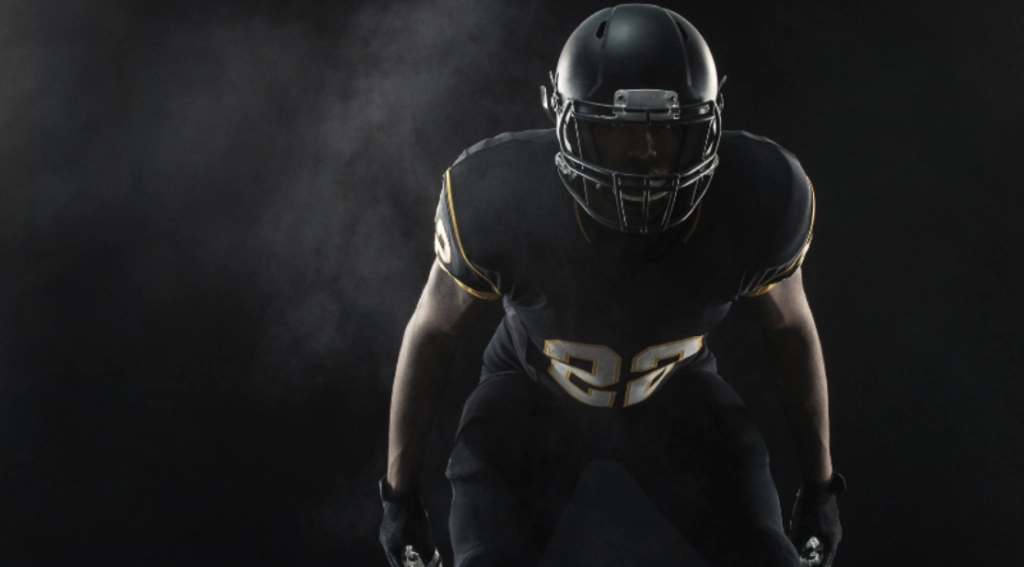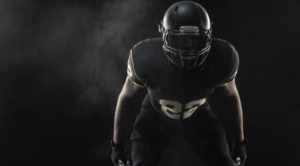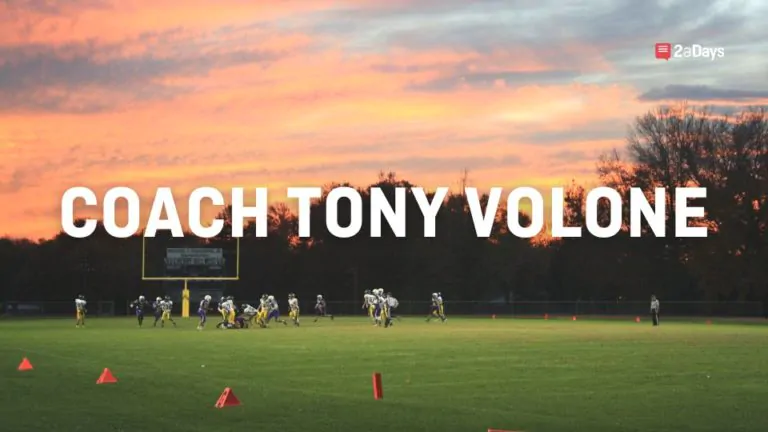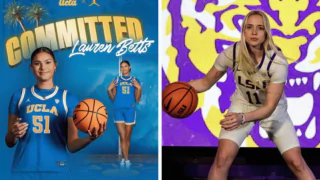To improve the safety of collegiate football players, the NCAA has announced several rule changes for the upcoming season. The NCAA's football rules committee has decided to change the overtime format for games that exceed over four extra overtime sessions. While this is a rare occurrence, it will protect exhausted and injury prone players who are put into that type of game situation.
The football rules committee also changed the punishments for targeting and blindside block infractions. These rule changes are in response to the growing concern of injuries that affect the health of its players. Their hope is to lessen the injuries and make the game safer. The NCAA hopes to improve the safety of the players while changing the behavior of how the game will be played in the future.
Targeting rules was the biggest hot button issue that needed to be addressed by the NCAA Rules committee this offseason. They are not changing the rule of targeting but instead how the rule is applied in-game. The old guidelines were if a player committed a targeting foul in the first half, then he would be disqualified for the rest of the game. Similarly, if fouls were committed in the second half, then they would be disqualified for the first half of the following game. The Rules Committee addressed this by requiring officials to review every targeting foul committed. While assessing the footage, they will be able to see if all elements of a targeting foul have occurred. The officials will then have the option to confirm the foul has occurred or overturn it. This is important because it will start to bring consistency to the targeting rules instead of it being a case by case call. Ray Anderson, the athletic director of Arizona State stated, “We believe the targeting rule has made the game better. It's had a change in behavior.” (ESPN, 2019) This will ultimately change the techniques of how the players tackle and will eventually keep players safe.
The targeting rule will also suspend repeat offenders for targeting fouls more harshly. If a player is penalized three times throughout the season, then they will be suspended for the following game. I discussed these rule changes with Jaelin Alburg, who plays football at Yale University. Jaelin concludes that “the targeting rule addition I think is good because when the rule was first implemented there were a lot of blatantly incorrect calls that were made. As a defensive player, there is nothing more annoying than a regular football play being flagged. I honestly don't see any negatives coming out of these rule changes, maybe a few big hits that fans enjoy will now be absent, but our bodies are much more important than a few highlight-reel hits.” The goals for these rules are to promote a new culture and way to tackle. Having rules that will force players to tackle safer and smarter will ultimately leave a lasting impact later down the years.
The Rules Committee banned forcible contact on blindside blocks as well as the two-person wedge formation on kickoffs. Blindside blocks can still be used, but coaches will need to teach new techniques to get around the new 15-yard penalty if the block isn't in an attacking manner, then it will be considered a clean block. However, because of how unspecified this rule is, I believe that many teams will stay away from blindsided blocks all together. Blindside blocks are some of the nastiest hits in the game of football. This rule will make players smarter and in turn, they will be safer while playing.
The two-person wedge formation has been banned and was a popular blocking technique during kickoff. The kickoff is already unsafe in the sense that both teams run full speed to tackle each other. The two-person wedge is a dangerous technique that consists of two blockers that stand shoulder to shoulder and link hands. This is dangerous because of the weak link between the two players, to begin with. Being physically connected to another player adds another person to an already dangerous kickoff situation. The dismissal of this technique will make the field of play safer for everyone during kickoff.
The NCAA additionally changed overtime rules that are a direct response to the 2018 matchup between Louisiana State University (LSU) and Texas A&M. The game spanned over four hours and went into seven overtimes. Players are not used to playing this amount of time which can put a toll on them physically and mentally. Concerned with the fatigue and extensive playing, the NCAA reformed procedures after the fourth overtime. They will play two-point conversions from the three-yard line, instead of starting a new series at the twenty-five-yard line. They did these significant changes as well as implemented break periods after the second and fourth overtime. When asked about this specific rule change, Jaelin Alburg (Yale football player) stated “I do think that this rule will be good for keeping games like Texas A&M vs. LSU, which went to 7 overtimes, from happening. It ultimately benefits the athlete as football is grueling enough for four quarters, let alone a potentially unlimited amount of overtime periods.” While there have only been five games in the past five seasons that have exceeded four overtimes, it is one of the rare occurrences that players are high in risk of getting hurt. This will prevent injuries and keep games to a reasonable time limit.
The sport of football has come under scrutiny for its full-contact and brutal nature. These NCAA changes hope to suppress and lower the already high rates of concussions, brain injuries, and CTE for football players. Football is proven to increase the risk of mental issues later in life, including dementia, Parkinson disease, and depression. In response to this, society has called upon developing techniques to make football less violent. Making the game of football safer is vital for the permanency of the sport. There has been a decline in youth football because of injuries. The rule changes mentioned are also to promote players to learn to tackle more safely. If we teach new and safer techniques at the youth levels, then it will trickle over to high school and eventually college football. You can see these changes with young football programs focusing on tackling technique and using new equipment to substitute tackling each other at practice. Many youth leagues are also banning tackle football up until high school. The NCAA has taken notice of the changing environment and has adapted college football to be safer and still be competitive.
Football will always be a dangerous sport, but the NCAA is listening to its players and learning what is best for the athletes. Through the targeting changes, they are setting a standard that will hopefully have a lasting impact on how the sport will be played in the future. The NCAA is trying to keep football competitive while still adapting to the ever-changing sports culture and world. These are the correct steps that the NCAA is taking too reach their ultimate goal of providing a safe and competitive environment for student-athletes.
* Originally published on October 3, 2019, by John Freund







